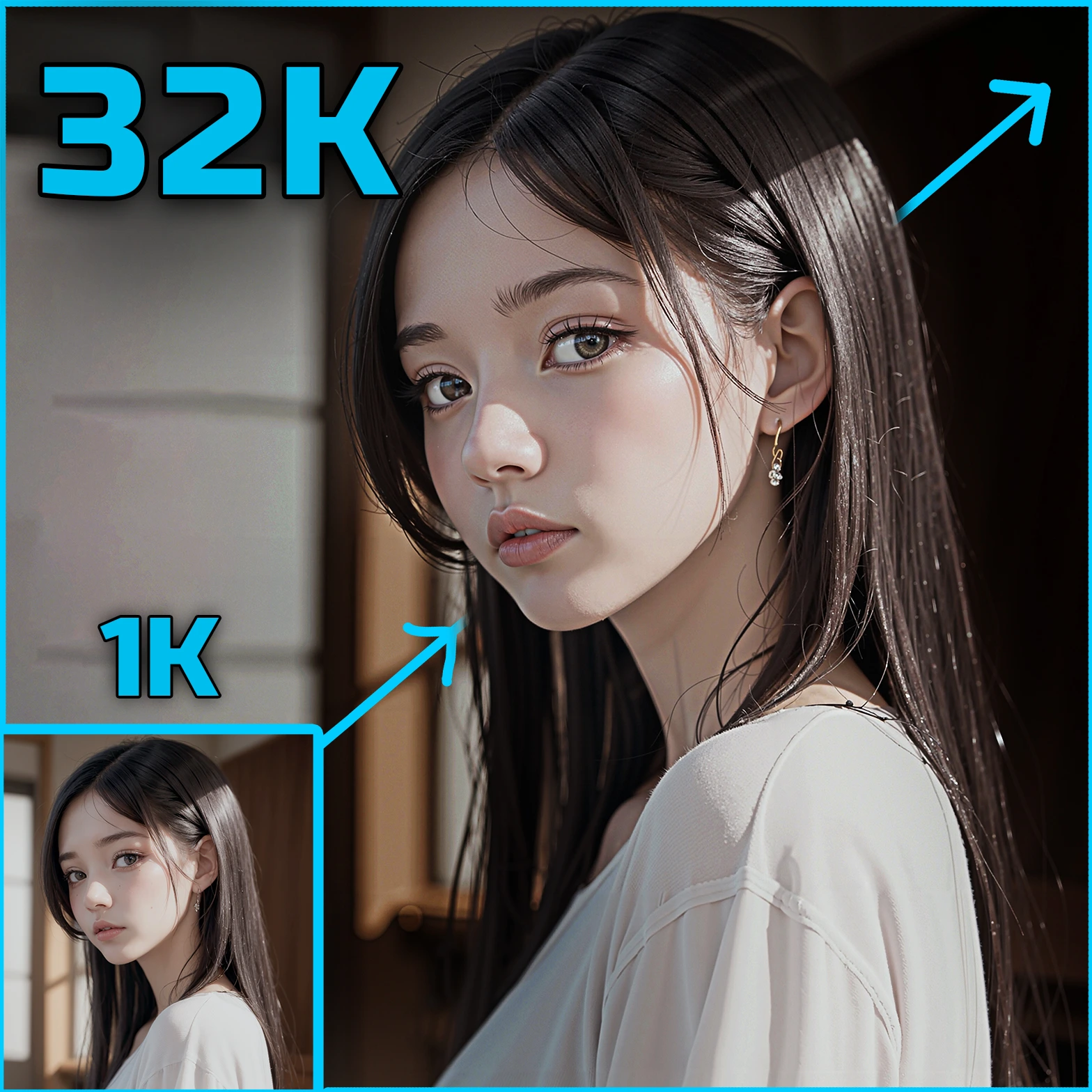ComfyUI Node: NNT Define Alibi PositionalBias
NntDefineAlibiPositionalBias
CategoryNNT Neural Network Toolkit/Transformers
inventorado (Account age: 3209days) Extension
ComfyUI Neural Network Toolkit NNT Latest Updated
2025-01-08 Github Stars
0.07K
How to Install ComfyUI Neural Network Toolkit NNT
Install this extension via the ComfyUI Manager by searching for ComfyUI Neural Network Toolkit NNT- 1. Click the Manager button in the main menu
- 2. Select Custom Nodes Manager button
- 3. Enter ComfyUI Neural Network Toolkit NNT in the search bar
Visit ComfyUI Online for ready-to-use ComfyUI environment
- Free trial available
- 16GB VRAM to 80GB VRAM GPU machines
- 400+ preloaded models/nodes
- Freedom to upload custom models/nodes
- 200+ ready-to-run workflows
- 100% private workspace with up to 200GB storage
- Dedicated Support
NNT Define Alibi PositionalBias Description
Facilitates integration of Alibi positional bias into transformer models for improved understanding of token positions in sequences.
NNT Define Alibi PositionalBias:
The NntDefineAlibiPositionalBias node is designed to facilitate the integration of Alibi positional bias into transformer models, which is a technique used to enhance the model's ability to understand the relative positions of tokens in a sequence. This node is part of the NNT Neural Network Toolkit, specifically within the Transformers category, and it provides a method to define and append an Alibi positional bias layer to a stack of layers. The Alibi positional bias is particularly useful in scenarios where understanding the order of tokens is crucial, such as in natural language processing tasks. By incorporating this bias, the model can better capture the sequential nature of the input data, leading to improved performance in tasks that require attention to the order of elements.
NNT Define Alibi PositionalBias Input Parameters:
num_heads
The num_heads parameter specifies the number of attention heads in the transformer model. Each head can focus on different parts of the input sequence, allowing the model to capture various aspects of the data. The number of heads is crucial for determining how the attention mechanism is distributed across the sequence. The value for num_heads is an integer, and it is defined by the ATTENTION_CONFIG["num_heads"] setting.
max_seq_length
The max_seq_length parameter defines the maximum length of the input sequence that the model can process. This parameter is important for setting the limit on the number of tokens the model can handle at once, which affects both the model's memory usage and its ability to capture long-range dependencies. The value for max_seq_length is an integer, and it is determined by the MODEL_DIM_CONFIG["max_seq_length"] setting.
causal
The causal parameter is a boolean option that determines whether the Alibi positional bias should be applied in a causal manner. When set to "True," the bias ensures that each token only attends to previous tokens, which is essential for autoregressive tasks like language modeling. The default value is "False," meaning the bias is applied non-causally, allowing tokens to attend to both previous and future tokens.
slope_multiplier
The slope_multiplier parameter is a floating-point value that adjusts the slope of the Alibi bias. This multiplier can be used to fine-tune the strength of the positional bias, affecting how much emphasis is placed on the relative positions of tokens. The default value is 1.0, with a minimum of 0.1 and a maximum of 10.0, and it can be adjusted in steps of 0.1.
LAYER_STACK
The LAYER_STACK parameter is an optional list that represents the current stack of layers to which the Alibi positional bias layer will be appended. If not provided, a new list is created. This parameter allows for the flexible construction and modification of the model's architecture by adding new layers as needed.
NNT Define Alibi PositionalBias Output Parameters:
LIST
The output of the NntDefineAlibiPositionalBias node is a LIST, which contains the updated stack of layers, including the newly defined Alibi positional bias layer. This list can be used to construct or modify the architecture of a transformer model, enabling the integration of positional bias into the model's attention mechanism.
NNT Define Alibi PositionalBias Usage Tips:
- To optimize the performance of your transformer model for tasks that require understanding the order of tokens, consider adjusting the
slope_multiplierto fine-tune the strength of the Alibi positional bias. - When working on autoregressive tasks, ensure that the
causalparameter is set to "True" to maintain the correct attention flow, where each token only attends to its predecessors.
NNT Define Alibi PositionalBias Common Errors and Solutions:
Invalid num_heads value
- Explanation: The
num_headsparameter must be an integer defined by theATTENTION_CONFIG["num_heads"]. - Solution: Ensure that the
num_headsvalue is correctly set according to the configuration and is a valid integer.
Invalid max_seq_length value
- Explanation: The
max_seq_lengthparameter must be an integer defined by theMODEL_DIM_CONFIG["max_seq_length"]. - Solution: Verify that the
max_seq_lengthvalue is correctly set according to the configuration and is a valid integer.
Invalid slope_multiplier value
- Explanation: The
slope_multipliermust be a float within the range of 0.1 to 10.0. - Solution: Adjust the
slope_multiplierto be within the specified range and ensure it is a valid float.
LAYER_STACK is not a list
- Explanation: The
LAYER_STACKparameter should be a list to append the new layer. - Solution: Ensure that
LAYER_STACKis either not provided (to create a new list) or is a valid list to which layers can be appended.
NNT Define Alibi PositionalBias Related Nodes
RunComfy is the premier ComfyUI platform, offering ComfyUI online environment and services, along with ComfyUI workflows featuring stunning visuals. RunComfy also provides AI Playground, enabling artists to harness the latest AI tools to create incredible art.



